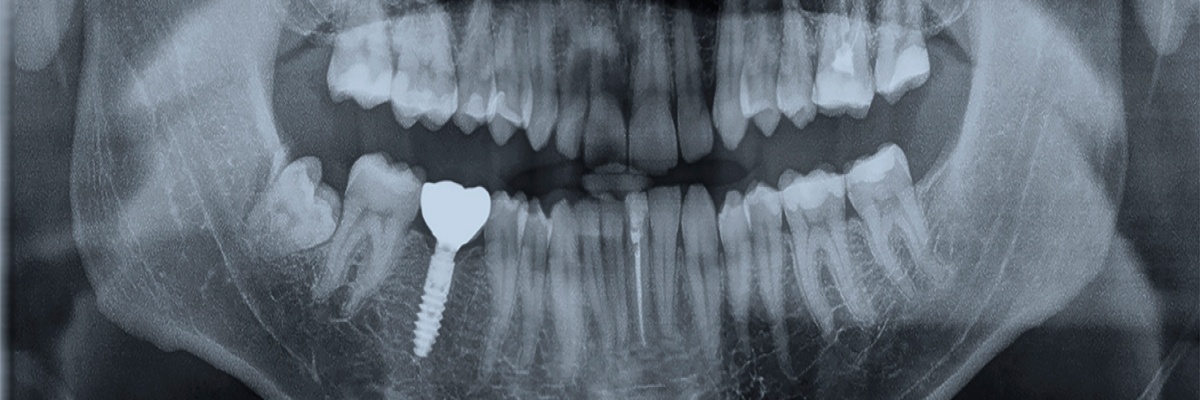
Dental implants
When a tooth is lost, the chewing load is redistributed. Some teeth get a greater load, some lose their support, because of this they become more vulnerable and can be destroyed faster. Being deprived of functional load, the bone begins to atrophy. The jaw deforms, the occlusion changes.
The consequences of this all affect not only the aesthetics of the smile but also the state of health in general. Unpleasant consequences can be avoided only by restoring the lost tooth.
At Renaissance Dental we prefer implantation as the most reliable and modern way to restore lost teeth.
The main advantage of dental implants is that, unlike removable dental prostheses, they cannot be removed, they are durable and stable and differ neither in appearance nor in functional properties from the real tooth. Besides, you do not need to mill your healthy adjacent teeth to establish a bridge. Moreover, provided that the treatment is planned correctly, the operation is carried out efficiently, and the patient follows all the doctor's instructions - the implant will serve the patient for the rest of his or her life!
The implant itself is a titanium screw - an analogue of the tooth root, with a thread for screwing into the bone tissue. Its upper part has a recess designed for special fastening, which is called an Abutment. This attachment serves as a connecting element between the implant and the crown/prosthesis.
At Renaissance Dental, we pay special attention to preparing for dental implantation.
During the first examination, our implant surgeon learns about the diseases and bad habits of the patient, which can increase the risk of implant rejection, excludes the presence of contraindications. Next, a cone-beam computed tomography of the dental system is performed so that to reveal all the anatomical features of the patient. After receiving the photo, the doctor clarifies whether own bone is sufficient for implantation, or additional bone augmentation procedures will have to be carried out.
Only after a general examination and obtaining the photo, taking into account all the peculiarities, the doctor works out a treatment plan and announces stages, timelines, and cost.
- Please note, this operation has contraindications, and before you start implantation, you will definitely have to cure periodontitis, tooth decay, inflammation in the oral cavity, as well as perform professional oral hygiene.
- Interesting fact: contrary to popular belief, implants do not "squeak" when walking through a metal detector at the airport and you can undergo MRI with them – because titanium is not magnetic!
Call us today if you still have any questions: 08 650 10 60, or book a consultation online.
We always wait for you at the address: Gustav III:s Boulevard 46, 169 73 Solna
